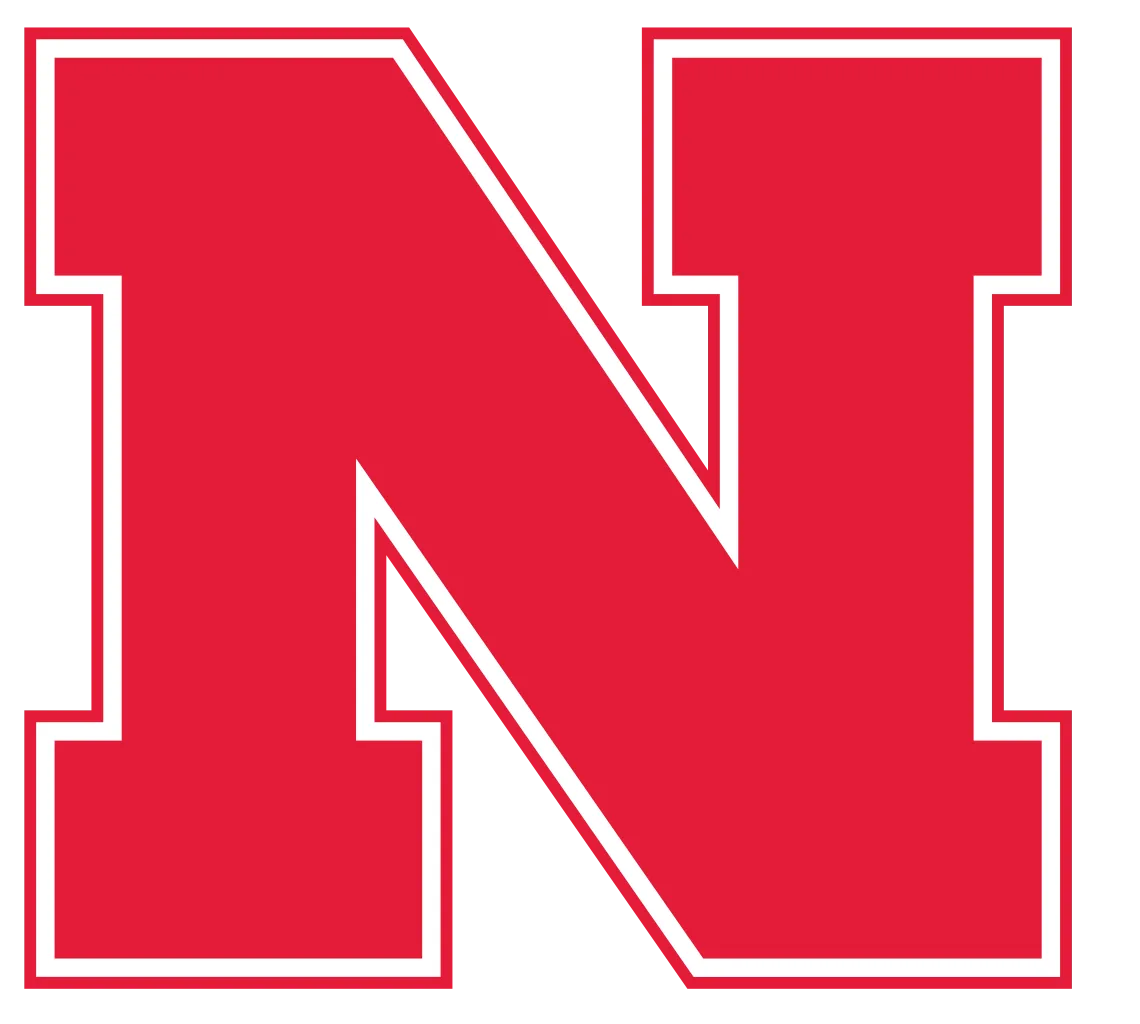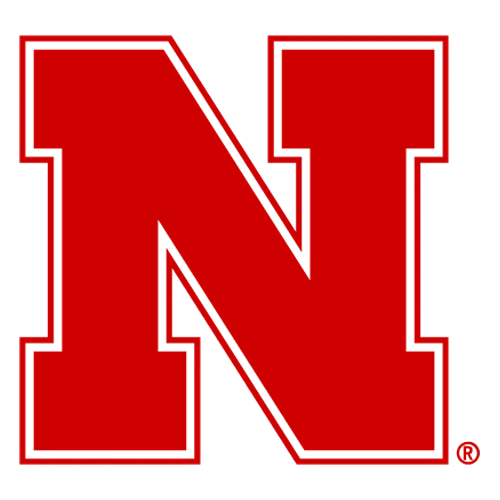With a rich history dating back to the late 19th century, the Cornhuskers have forged a legacy defined by tradition, passion, and gridiron glory. From legendary coaches to Heisman Trophy winners, Nebraska football has captured the hearts of fans across the nation with its storied past and unwavering commitment to excellence. This comprehensive exploration delves into the captivating saga of the Nebraska Cornhuskers football program, celebrating its triumphs, honoring its heroes, and highlighting its profound impact on the landscape of college football.
Intriguing Facts About the Nebraska Cornhuskers
A Tradition of Opportunity One of the hallmarks of Nebraska football is its renowned walk-on program, which provides opportunities for local talent to earn a spot on the team through hard work and determination. From legendary walk-ons like Matt Davison to current stars such as Alex Henery, walk-ons have played a significant role in the success of the Cornhuskers over the years. The walk-on tradition embodies the values of perseverance, humility, and the relentless pursuit of excellence that define Nebraska football.
Recruiting and Development Nebraska’s success on the field is built upon a foundation of recruiting and player development. The Cornhuskers have a long history of attracting top talent from across the country and developing players into elite performers. From All-Americans to NFL stars, Nebraska football alumni have made their mark at every level of the game. The pipeline of talent that flows through Lincoln ensures that the Cornhuskers remain competitive year after year, perpetuating the tradition of excellence that defines the program.
Nebraska Cornhuskers 2025 Odds
Odds to Win
Championship
+20000
Odds to Win
Conference
+5000
Odds to Reach Playoffs
+5000
Seasons Win
6.5+115 Over
6.5-135 Under
Nebraska Cornhuskers Latest News
The Historical Tapestry of the Nebraska Cornhuskers
The Early Years
The story of Nebraska football begins in 1890 when the university fielded its first football team. In the early years, the Cornhuskers faced formidable opponents and navigated the challenges of building a competitive program. However, it wasn’t long before Nebraska established itself as a force to be reckoned with on the gridiron. With a blue-collar work ethic and a commitment to excellence, the Cornhuskers laid the foundation for a tradition that would endure for generations to come.
The Golden Era
The 1960s marked the beginning of a golden era for Nebraska football under the leadership of head coach Bob Devaney. Devaney transformed the program into a powerhouse, leading the Cornhuskers to back-to-back national championships in 1970 and 1971. With a relentless focus on fundamentals, discipline, and teamwork, Devaney built a dynasty that remains the standard of excellence in college football.
Following in the footsteps of Bob Devaney, Tom Osborne continued Nebraska’s tradition of success, guiding the Cornhuskers to three national championships in the 1990s. Osborne’s innovative offensive schemes and unwavering commitment to his players earned him legendary status among Nebraska faithful. Under his leadership, Nebraska football achieved unprecedented success and solidified its place among college football’s elite programs.
Legends of the Gridiron
Throughout its storied history, Nebraska football has been graced by legendary players and coaches who have left an indelible mark on the program and its fans. From Heisman Trophy winners Johnny Rodgers and Mike Rozier to Hall of Fame coach Tom Osborne, these iconic figures embody the spirit of Nebraska football and inspire generations of players and fans with their talent, leadership, and commitment to excellence. Their contributions to the Cornhuskers’ legacy are celebrated and revered, serving as a source of inspiration for future generations of Nebraska football players.
Husker Nation
A Community United, Nebraska football is more than just a game; it’s a way of life for fans across the state and beyond. Husker Nation, as the fan base is affectionately known, is a passionate and dedicated community united by a common love for their beloved team. From the sea of red that fills Memorial Stadium on game days to the countless watch parties and tailgates held across the state, Husker Nation stands as a testament to the enduring power of sport to bring people together and foster a sense of belonging and pride.
Nebraska Cornhuskers 2025 Schedule
Regular Season
| Week | Date | Opponent | Result |
|---|---|---|---|
| Week 1 | Date: Thu 31/08/2023 | Opponent: Minnesota Golden Gophers | Result: L 10-13 |
| Week 2 | Date: Sat 09/09/2023 | Opponent: Colorado Buffaloes | Result: L 14-36 |
| Week 3 | Date: Sat 16/09/2023 | Opponent: Northern Illinois Huskies | Result: W 35-11 |
| Week 4 | Date: Sat 23/09/2023 | Opponent: Louisiana Tech Bulldogs | Result: W 28-14 |
| Week 5 | Date: Sat 30/09/2023 | Opponent: Michigan Wolverines | Result: L 7-45 |
| Week 6 | Date: Fri 06/10/2023 | Opponent: Illinois Fighting Illini | Result: W 20-7 |
| Week 7 | Date: BYE | Opponent: BYE | Result: BYE |
| Week 8 | Date: Sat 21/10/2023 | Opponent: Northwestern Wildcats | Result: W 17-9 |
| Week 9 | Date: Sat 28/10/2023 | Opponent: Purdue Boilermakers | Result: W 31-14 |
| Week 10 | Date: Sat 04/11/2023 | Opponent: Michigan State Spartans | Result: L 17-20 |
| Week 11 | Date: Sat 11/11/2023 | Opponent: Maryland Terrapins | Result: L 10-13 |
| Week 12 | Date: Sat 18/11/2023 | Opponent: Wisconsin Badgers | Result: L 17-24 |
| Week 13 | Date: Fri 24/11/2023 | Opponent: Iowa Hawkeyes | Result: L 10-13 |
Home of Nebraska Cornhuskers: The Sea of Red Memorial Stadium
The Sea of Red Memorial Stadium, located in Lincoln, Nebraska, serves as the proud home of Nebraska football and a revered symbol of Cornhusker pride. With a seating capacity of over 85,000, the stadium roars to life on game days as fans clad in scarlet and cream come together to cheer on their beloved team. From the iconic Tunnel Walk to the deafening roar of the crowd, Memorial Stadium embodies the passion and tradition that define Nebraska football.
Find the latest NCAA Football Picks for Free
References:
 ES
ES 



